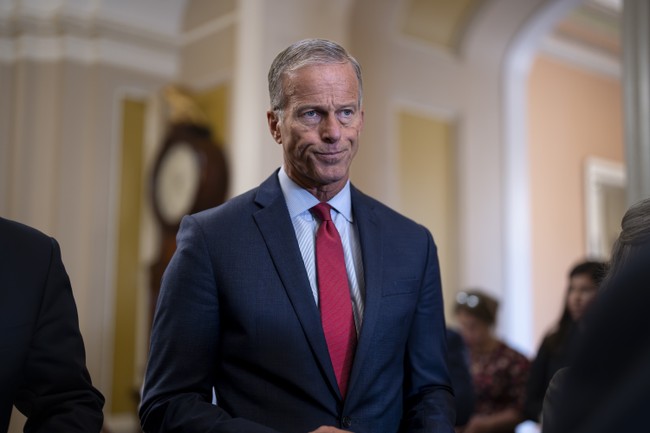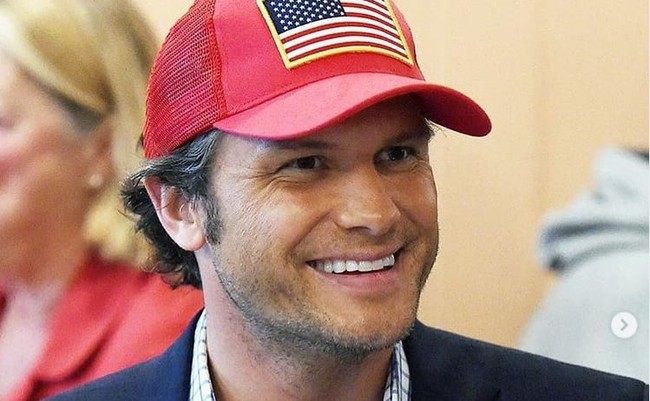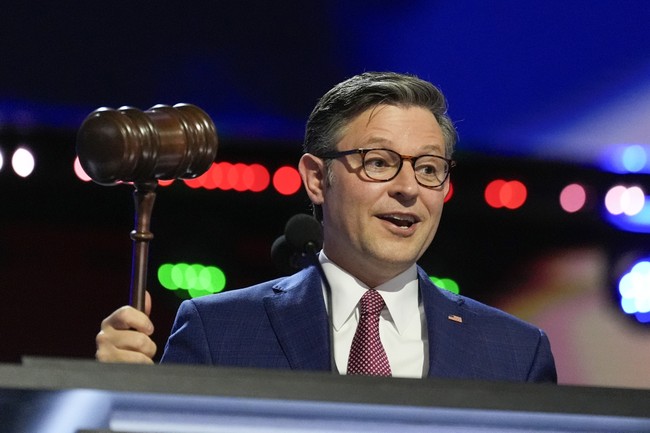Inside the Republican Senate Leadership Shift
Discover the political dynamics of the Republican Senate leadership election, where John Thune emerges as the new majority leader amid intense lobby efforts and party alignments.
Published November 14, 2024 - 00:11am

Image recovered from redstate.com
The election of John Thune as the new majority leader of the U.S. Senate marks a significant shift in Republican leadership dynamics. This development follows the decision by long-serving leader Mitch McConnell to step down, prompting a contest among key GOP figures. Thune's victory came after a second round of ballots, where he emerged triumphant over Texas Senator John Cornyn and Florida's Rick Scott.
The leadership race was characterized by a mix of traditionalist and Trump-aligned campaign efforts. While Thune was seen as aligned with the more conventional Republican wing, advocating for unity and continuity, Rick Scott's bid was heavily supported by Trump loyalists and media influencers, such as tech billionaire Elon Musk and political commentator Tucker Carlson. These figures campaigned ardently against Thune, raising questions about his alignment with former President Trump's agenda.
Thune's leadership election is not just a matter of internal party preference but also an indication of how Senate Republicans plan to navigate their power dynamics. Amid expected heated policy debates, Thune's stance on issues like recess appointments and other executive motions remains pivotal. His victory is seen as a signal toward maintaining a degree of independence from the mores of Trump's administrative preferences, even as the incoming Senate looks poised to support certain aspects of Trump's proposed policies, such as tax cuts.
In the broader context of Senate leadership processes, there has been criticism about the timing and manner of the election. Some view it as bypassing a thorough democratic process that could have allowed more comprehensive candidate evaluations by the public. Notably, advocates for gun owner rights and the MAGA movement have expressed dissatisfaction, voicing concerns about established figures within the party potentially stalling progress on deregulation and pushing through Trump's priorities.
As Thune assumes his role, he does so with a history of moderate agreements and occasional disagreements with Trump, as seen in his position on the 2020 election results. However, recent interactions suggest a professional collaboration, as Thune has shown readiness to support Trump's upcoming political agenda while maintaining traditional Republican values.
The leadership shift comes amidst a busy political environment, with both the Senate and the House working to secure funding to avoid government shutdowns and to clarify their stance on key national issues. With a 53-47 Republican majority in the Senate, Thune's leadership will be crucial in guiding legislative priorities and influencing President Trump's forthcoming policies which may stir controversies, particularly around import tariffs and executive appointments.
Looking ahead, Thune's task will be to balance party unity with maintaining strategic independence. The party now faces the challenge of demonstrating its legislative effectiveness to an electorate that has handed Republicans control over both legislative chambers and the presidency. This pivotal moment in the Senate is a testing ground for how effectively the Republicans can consolidate their power and deliver on the promises made during the campaign.






